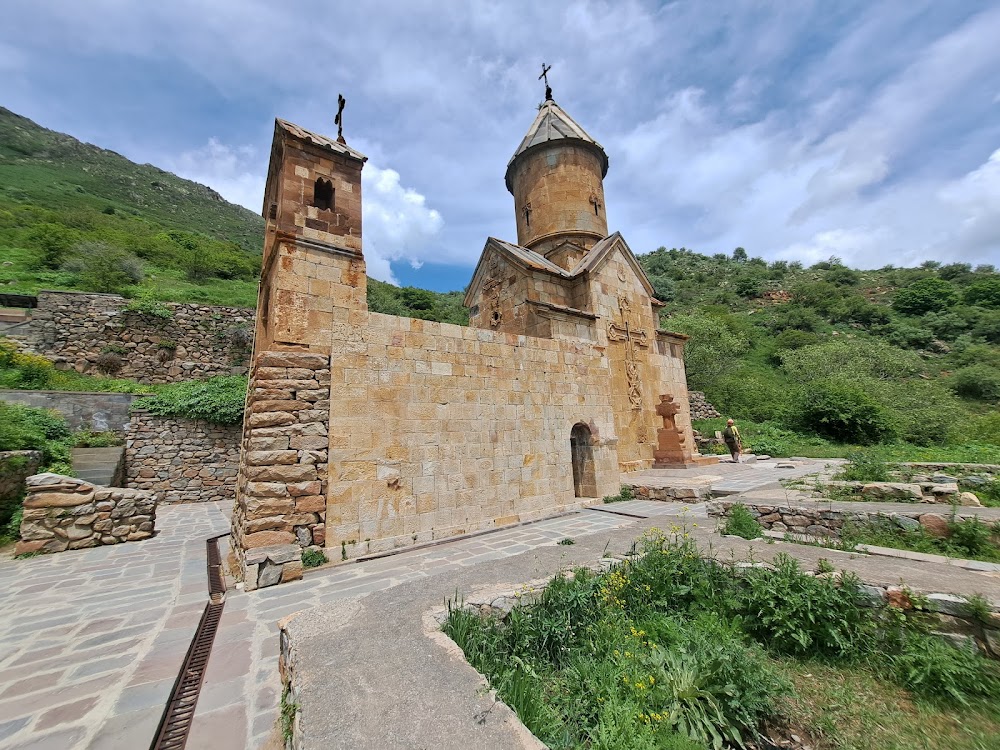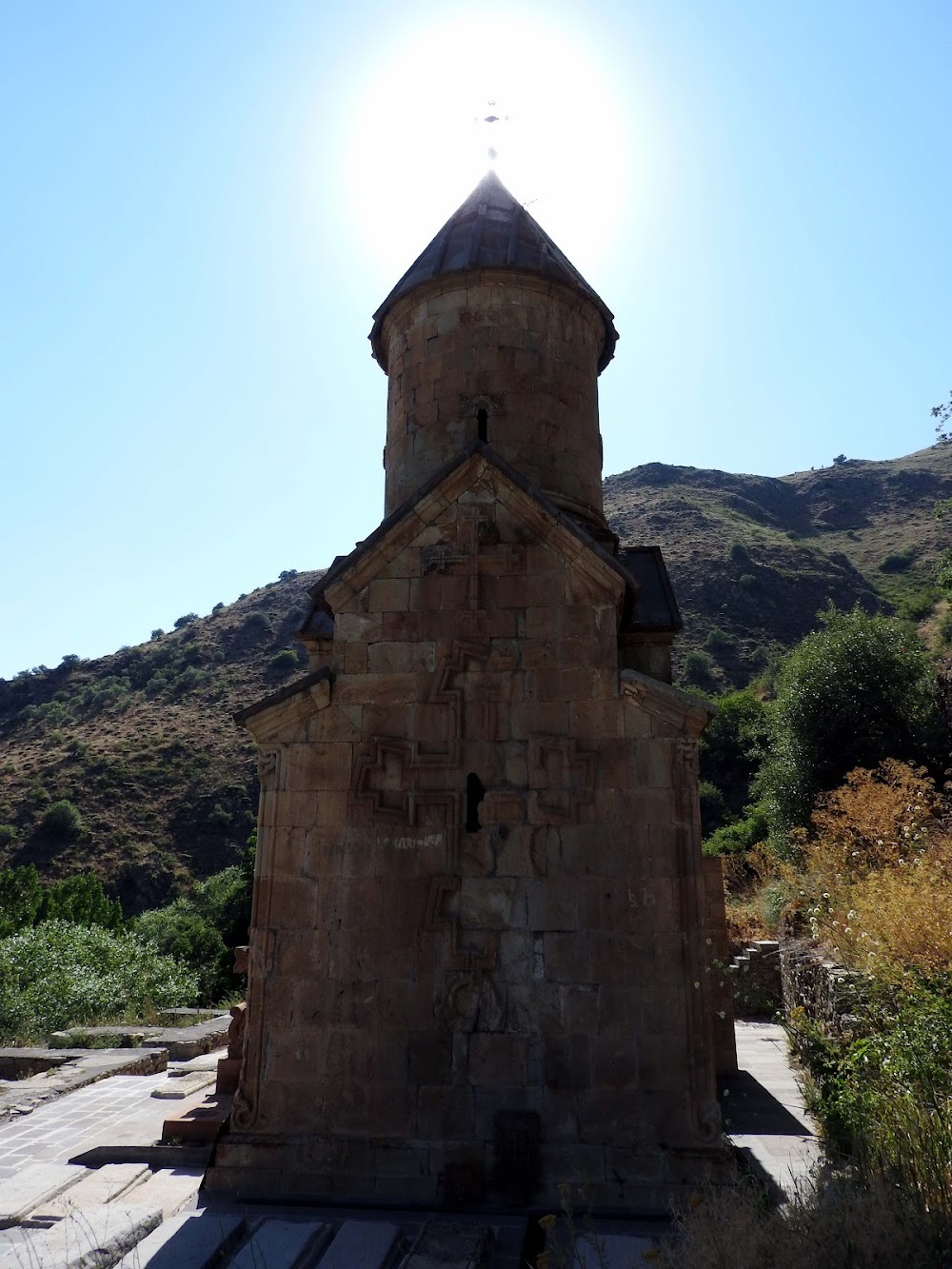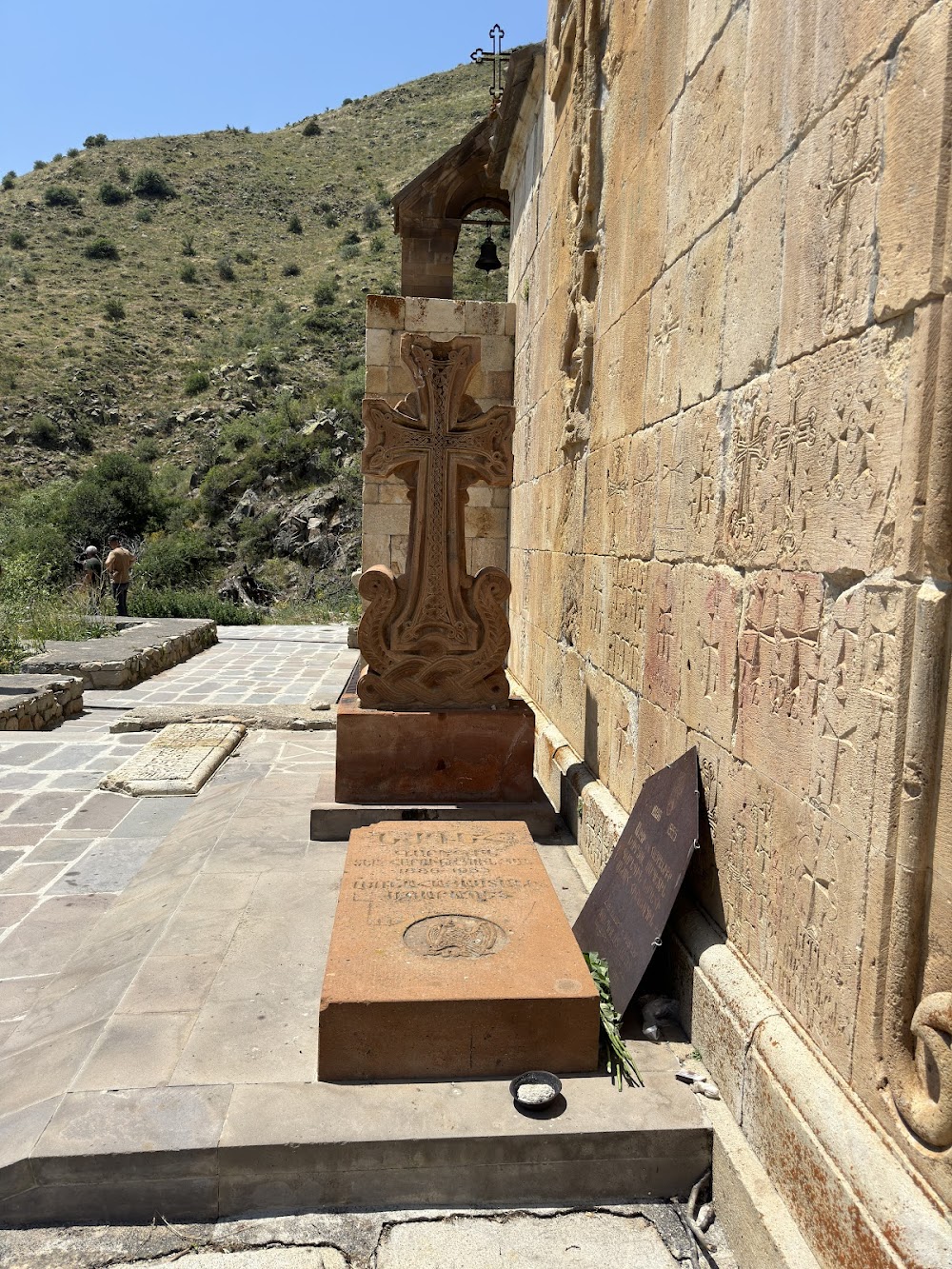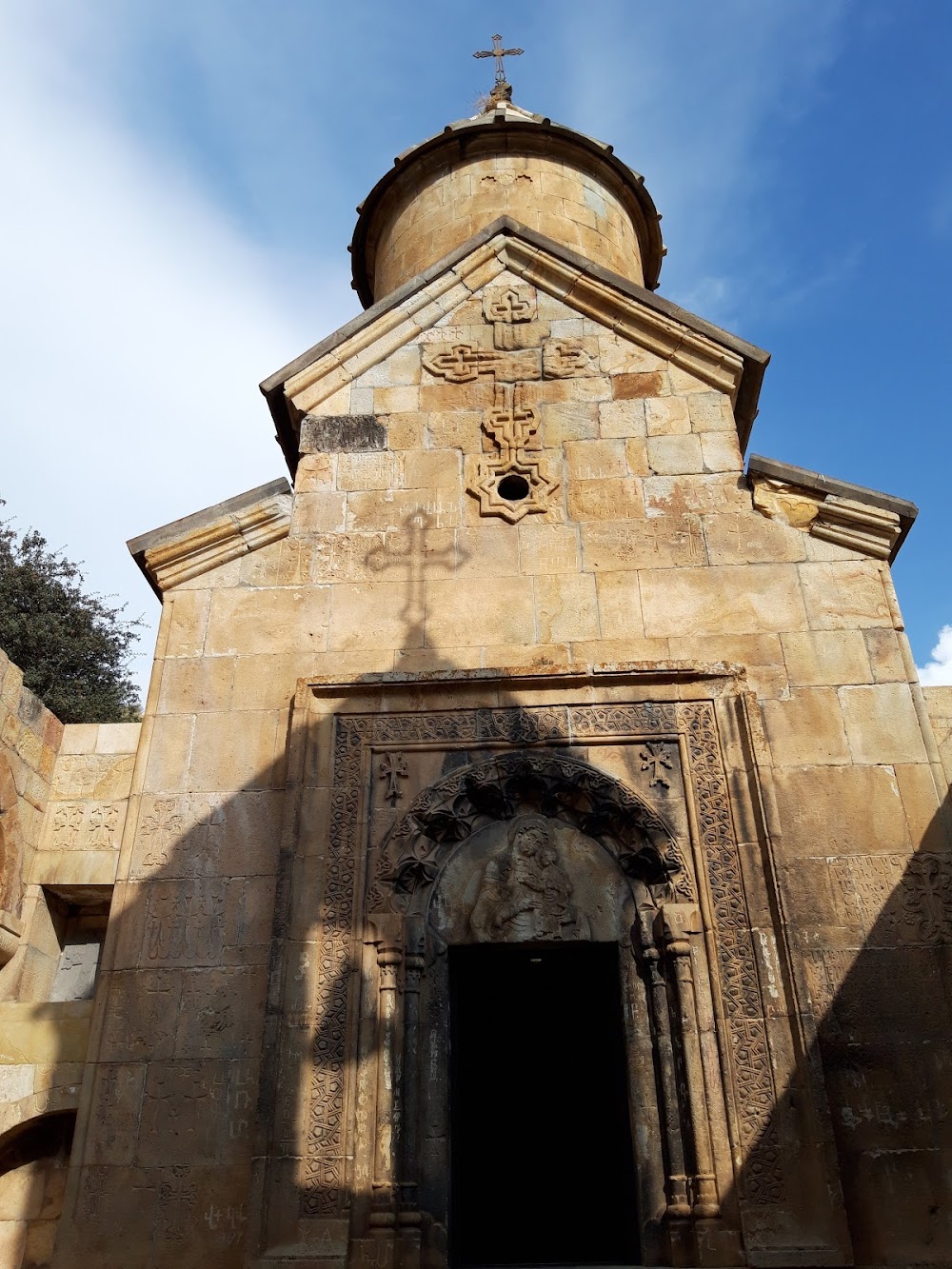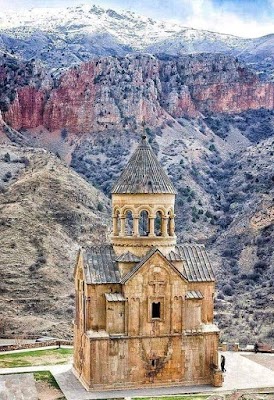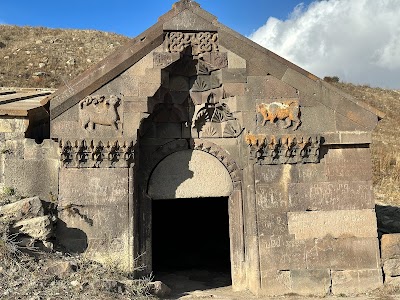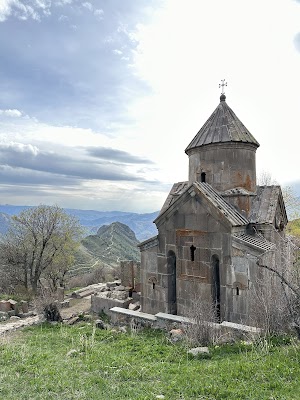Spitakavor Monastery (Սպիտակավոր վանք)
Overview
Spitakavor Monastery, located in the breathtaking Vayots Dzor Region of Armenia, is a captivating historical and religious site. Renowned for its tranquil atmosphere and stunning architecture, the monastery tells a fascinating story of devotion and craftsmanship that has endured through the centuries.
The monastery's origins trace back to the early 14th century, constructed between 1321 and 1330 under the guidance of Prince Prosh Khaghbakyan, a notable nobleman from the Proshyan dynasty. The name "Spitakavor," meaning "whitish" in Armenian, derives from the light-colored stone that was used in its construction, giving the site a unique charm.
Nestled in the picturesque slopes of the Yeghegis Mountains, Spitakavor Monastery offers a stunning natural backdrop. This serene location was deliberately chosen for its tranquility and seclusion, providing the perfect setting for monastic life and spiritual reflection.
At the heart of the monastery complex stands the Church of the Holy Mother of God, a remarkable example of Armenian medieval architecture. Its elegant yet simple design is complemented by intricate carvings and reliefs adorning its exterior, portraying scenes from the Bible and Armenian folklore. Inside, the modest interior radiates solemnity and peace, inviting visitors to pause and reflect.
One of the most striking features of Spitakavor Monastery is its central dome, a testament to the engineering prowess of medieval Armenian craftsmen. Supported by four sturdy pillars, the dome is beautifully illuminated by narrow windows, allowing just the right amount of natural light to flood the space, creating a serene atmosphere perfect for prayer and contemplation.
Adjacent to the main church, the complex also features a narthex (or gavit) and several smaller chapels. The narthex serves as an antechamber for gatherings and ceremonies, while the chapels, each dedicated to various saints, provide intimate spaces for personal worship.
Another notable aspect of Spitakavor is the presence of khachkars, or stone crosses, scattered throughout the monastery grounds. These intricately carved stones are a hallmark of Armenian cultural heritage, revered for their artistic beauty and religious significance.
The construction of Spitakavor Monastery was a community endeavor, involving skilled artisans, masons, and local villagers who poured their hearts into creating a testament to their faith and cultural identity. Traditional building techniques were employed, utilizing locally sourced tufa stone, known for its lightweight yet durable properties.
Over the centuries, Spitakavor Monastery has withstood numerous challenges, including natural disasters and invasions. Despite these trials, it remains a symbol of Armenian spiritual and cultural resilience. Today, the monastery attracts visitors from around the globe, who come to admire its architectural beauty and soak in the tranquility of its surroundings.
Ongoing preservation efforts are crucial to ensuring that Spitakavor Monastery continues to inspire future generations. These initiatives not only protect a significant religious monument but also safeguard a vital piece of Armenia's rich historical tapestry, allowing its stories and traditions to endure.


